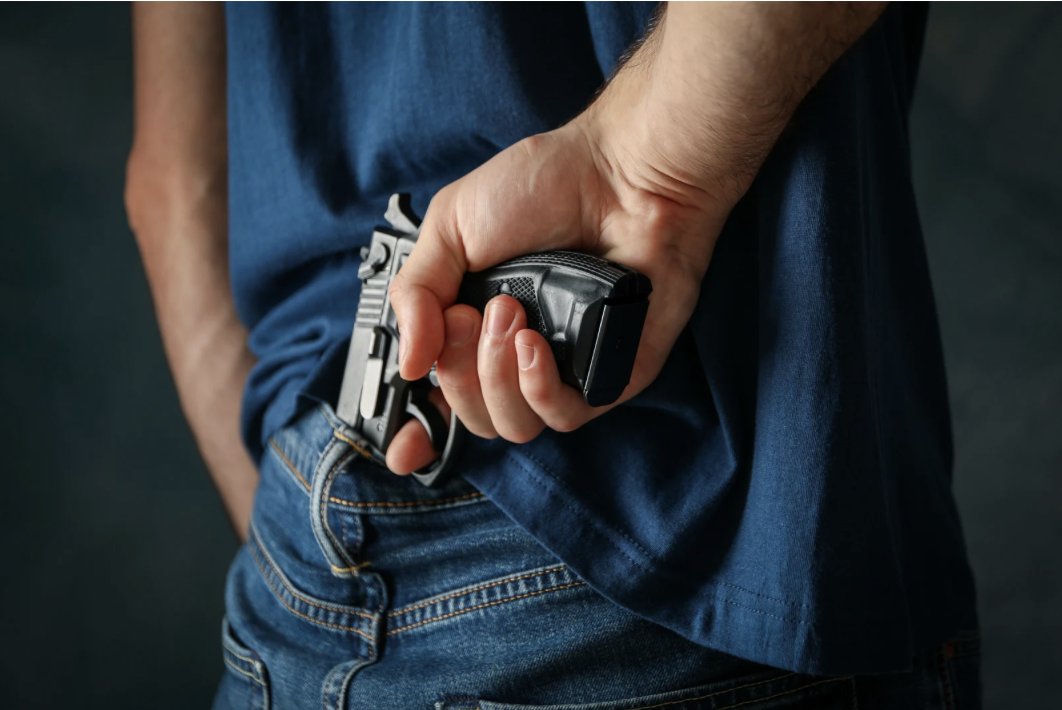
 Kathleen Ford
Kathleen Ford
As incidents of workplace and campus violence continue to make headlines, many organizations are exploring new ways to make their facilities and environments more secure. One solution that is starting to gain the attention of security professionals is weapons detection technology, best described as modern systems that can screen for firearms and knives without the need for traditional metal detectors or hand wanding.
While these tools can play a valuable role in a broader safety strategy, especially in school and healthcare settings where gun violence has become a regular occurrence, they are not plug-and-play solutions. Before investing, security leaders should consider these three key factors to ensure successful implementation and long-term value of a weapons detection solution.
Understand Your Entrances and Traffic Flow
Before beginning to evaluate systems, it’s important to take stock of the number of entrances and your current screening policies. Weapons detection systems typically create designated screening lanes where people must pass through. That means security professionals will need to decide which entry points to secure and how to handle both visitor and employee traffic.
For example, hospitals often have multiple access points. This includes emergency departments, staff entrances, and visitor lobbies. Equipping every door with weapons detection lanes can be cost-prohibitive, so most facilities start with a few high-risk locations. The same goes for schools, which may focus on main entrances where student traffic is highest.
Proper planning can help to prevent bottlenecks or disruptions to normal operations. This is why it’s crucial to consider how the new technology will fit into the daily flow, while at the same time improving security without impeding efficiency and accessibility.
Clarify Your Goal: Prevention vs. Forensic Response
Another point to consider are the security objectives before implementing a weapons detection system. These solutions are forward-facing and designed to prevent weapons from being introduced into a facility in the first place.
Knowing the goal at hand will help guide system selection and integration. If the objective is to deter and prevent, a weapons detection system can be a strong addition to a layered security strategy. Some of these systems can also integrate with radios and video systems, improving situational awareness and coordination among staff.
Ultimately, any new technology that is introduced should complement existing tools. Weapons detection technology is a piece of an integrated solution, not a standalone fix.
Plan for Staffing and Operational Oversight
One of the biggest misconceptions in the market today is that weapons detection technology can operate independently. In reality, these systems must be staffed. A trained security officer is needed to monitor alerts, engage with individuals if an alarm is triggered, and ensure the process runs smoothly, ultimately enhancing the screening posture of the current environment.
While these modern systems reduce the labor required compared to traditional metal detectors, which often need multiple people to operate, they still need human oversight. For instance, a hospital may reduce from two staff members per entrance to one, but full automation isn’t an option. Staff training remains critical and security teams must understand how to interpret alerts, manage traffic, and communicate effectively, especially when a weapons detection system determines that a suspicious object has been detected.
Weapons detection systems are not perfect, but the technology continues to improve. Facilities that have deployed them have reported tangible results, including the confiscation of knives and firearms before incidents could occur. The investment can be significant, but in high-risk environments like hospitals and schools, the value of prevention can far outweigh the cost.
Before installing, it’s important to take time to understand your entrances, define your goals, and plan for staffing. When thoughtfully implemented, weapons detection technology can close critical security gaps and help create a safer environment for everyone.
